Kitting
Kitting is the process of consolidating separate but related SKUs into a package to form a single SKU. Contact us, and talk to a warehousing expert about your kitting requirements today, we’re here to help anytime.
Kitting is the process of consolidating separate but related SKUs into a package to form a single SKU. Contact us, and talk to a warehousing expert about your kitting requirements today, we’re here to help anytime.
Kitting is a procedure that involves consolidating multiple SKUs into a single unit that acts as a new SKU. Kitting is primarily implemented at fulfilment centres. However, kitting is also being actively practised for B2B fulfilment. For instance, a raw material supplier can deliver bundled kits of multiple related items required for the assembly of a product at a manufacturing centre. The basic idea that fuels 'kitting' is providing a variety of products in the form of bundles to add convenience for both customers and sellers.
Every product that arrives at the warehouse has a unique barcode that is scanned by WMS for tracking and management purposes. When individual items are examined, WMS identifies a unique SKU for each product. SKUs are the primary components of kits. SKU allows warehouse managers to understand the physical blueprint of the inventory at a warehouse. Whenever a customer places an order, SKUs enable workers to locate the product in the warehouse. The staff member then uses WMS to allocate products that are sold individually and products that are sold together, in the form of kits.
Let's take the example of an Xbox bundle. An Xbox bundle comprises of the primary device, the power adapter, an HDMI cable, a headset and one or more video games. All of these items are manufactured separately and arrive at warehouses as individual SKUs. Xbox and many products such as a desktop computer are typically sold in the form of a kit, rather than individually. Product kitting process in manufacturing allows consolidation of such items that customers prefer to buy in the form of a package.
Kitting is a holistic way to be customer-centric and operationally efficient at the same time.
Stockarea is a one-stop destination that makes storage and order fulfilment quick and easy. Stockarea’s cloud-platform allows brands to have full control over inventory with seamless inventory management, a dedicated support system and accurate inventory visibility at all times. Our digital warehousing platform is a network of hundreds of warehouses that offer tailored warehousing and fulfilment solutions like ‘Product Kitting’ and ‘Pick and Pack’ as and when required. Let us know about your kitting requirements today.
Talk to an expert today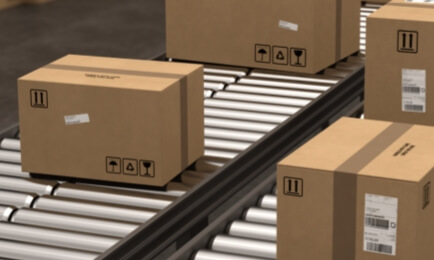
B2B fulfillment includes fulfillment of bulk orders to other businesses or retailers. The operations of B2B order...
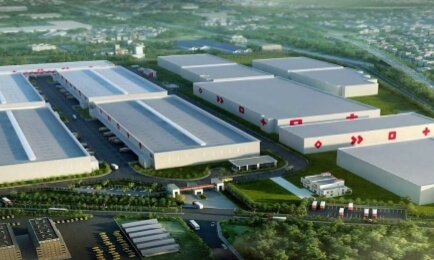
A logistics park is a broad area designed to offer complete logistics services from storage distribution, re-configuration....
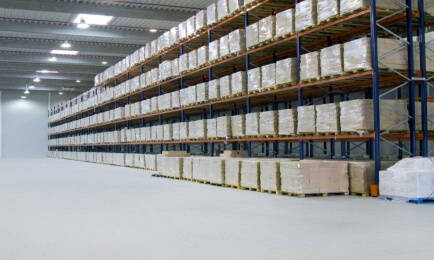
A pallet, in the warehousing sector, is a transport structure that acts as a stable surface for storing and supporting goods..
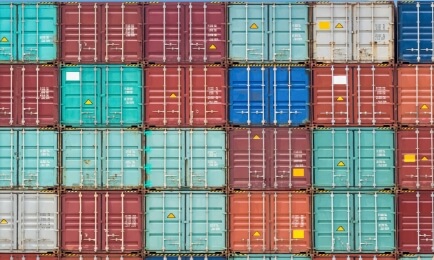
Storing your inventory in a bonded warehouse facilitates secure storage and handling of imported goods...
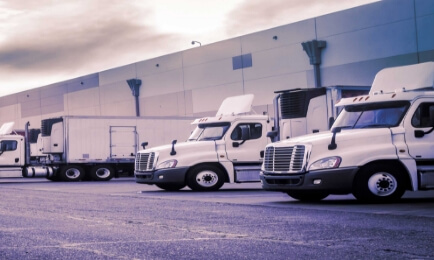
A free-trade zone provides duty deferred storage benefits on goods up to five years and also ensures quality...
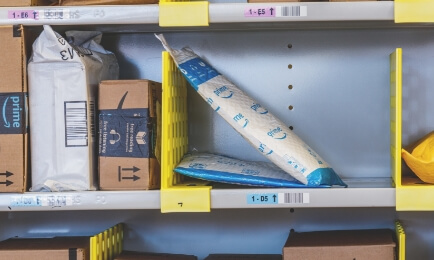
E-commerce fulfillment is the collective set of all the processes involved from the moment a product is ordered...
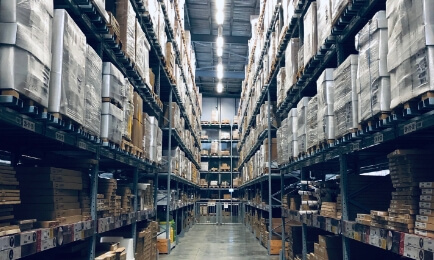
Warehouses act as a centralized location for goods storage that makes picking, distributing and transporting goods to...
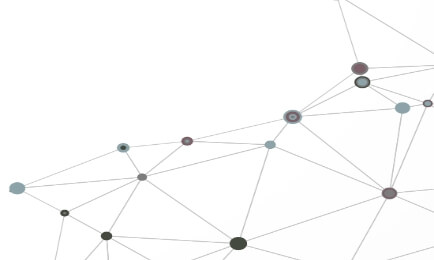
Network distribution represents warehousing and distribution models that allows distribution networks to be agile...
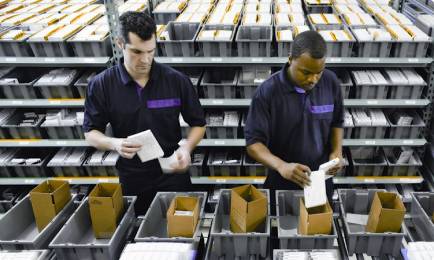
Kitting is the process of consolidating separate but related SKUs into a package to form a single SKU...

Cross-docking is a cost efficient and time effective way to distribute goods to customers and retail outlets without having ...
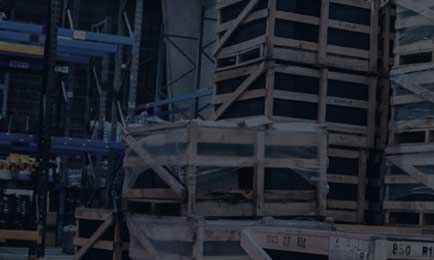
Just-in-time is an inventory management strategy that aligns the production schedule with the raw material arrival time.

Cold storage facilities allow storage of temperature-sensitive goods that require temperature and humidity control to ...